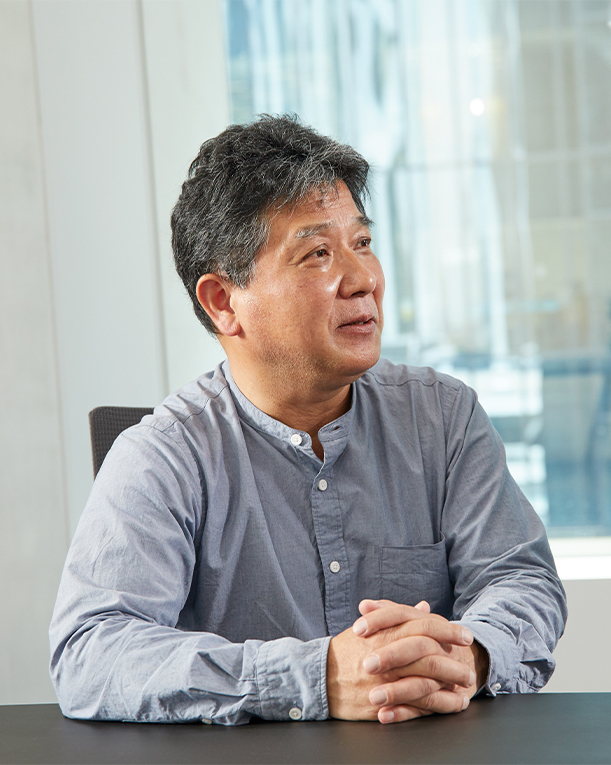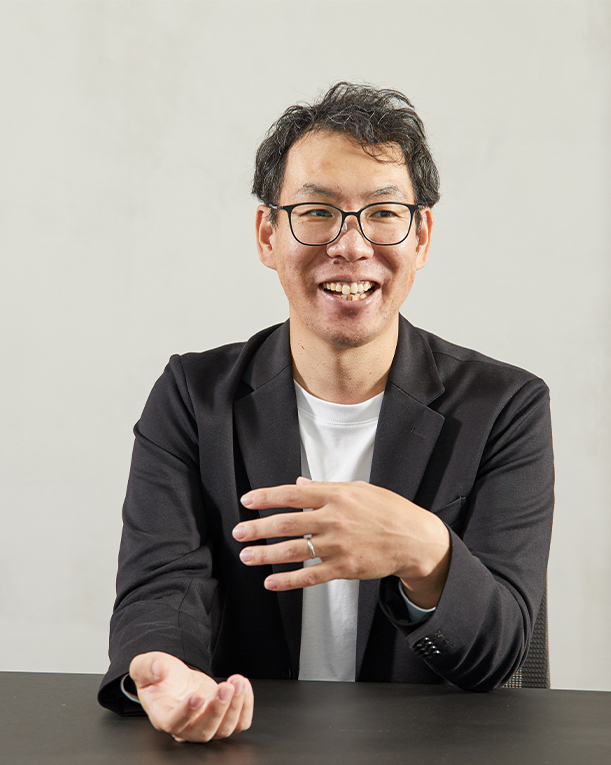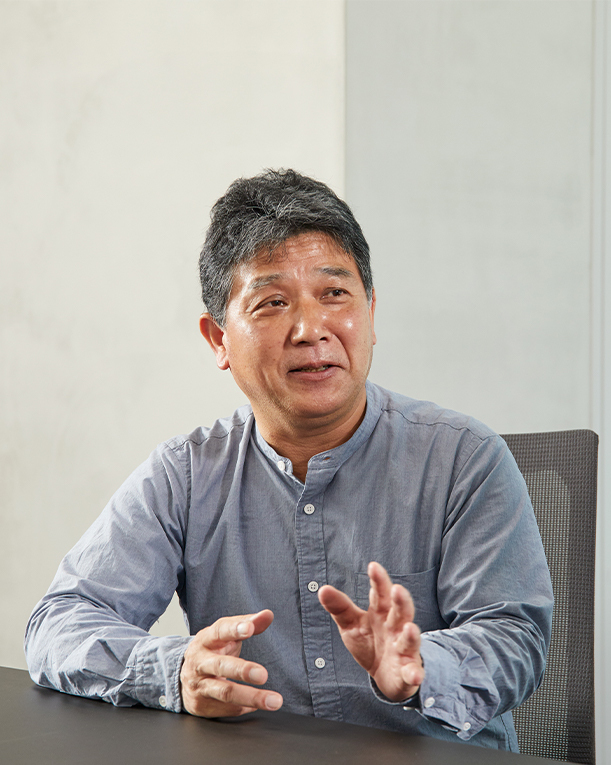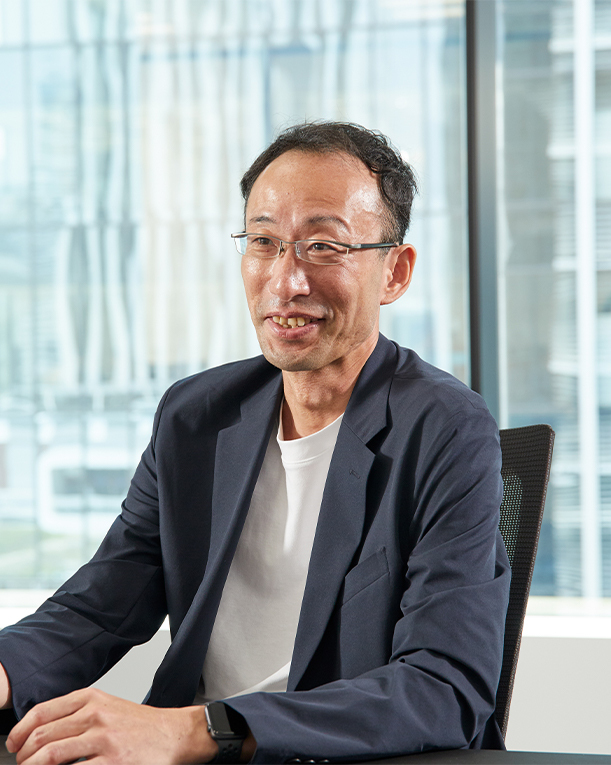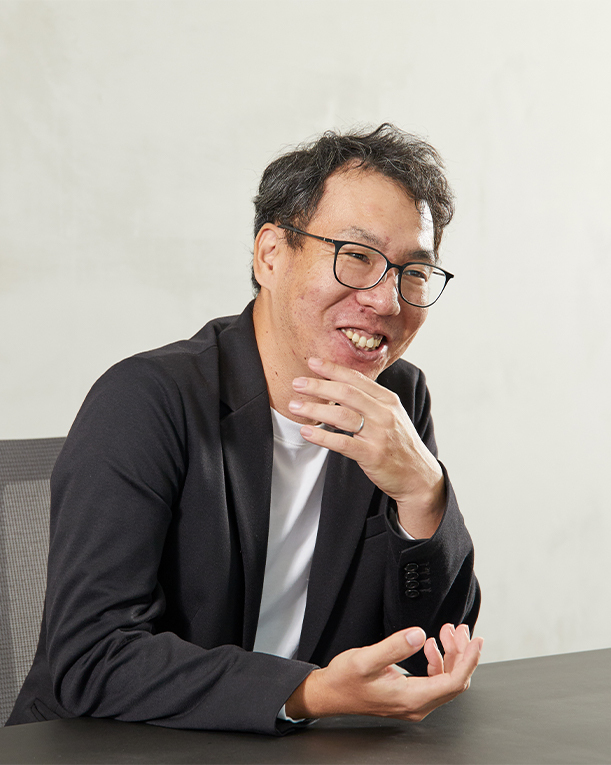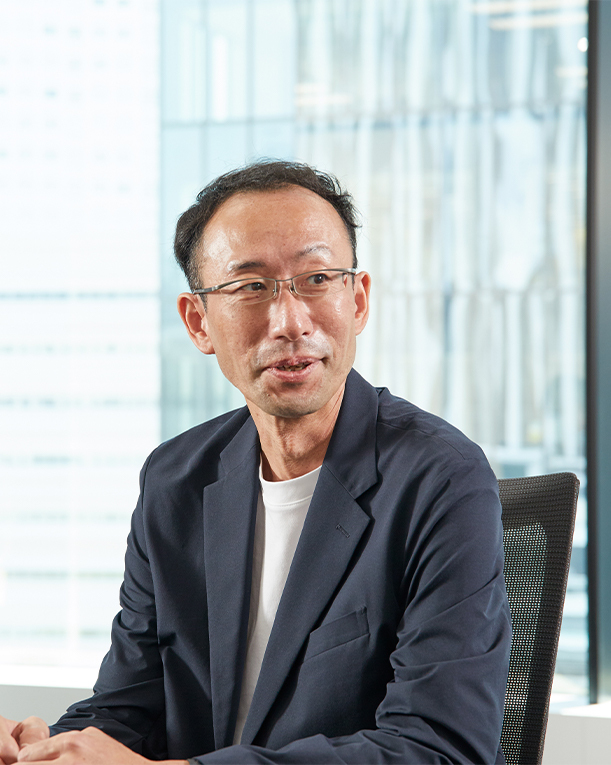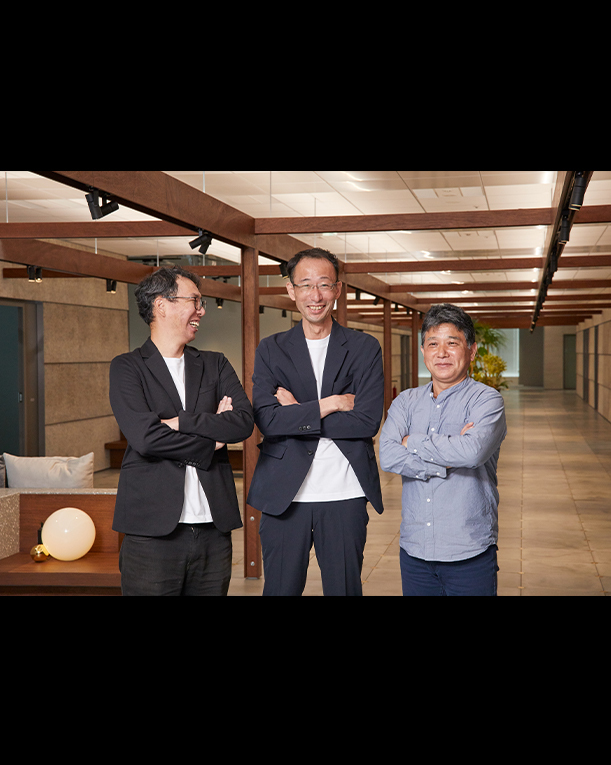ENTERTAINMENT
Image Sensor
What is the behind-the-scenes story of the development of the digital cinema camera that allows new
forms of visual expression in film and drama production?
July 31, 2023
In 2022, new releases like Top Gun: Maverick and Avatar: The Way of Water made headlines not only with
the beauty of their stories and the worlds they depicted but also the sense of immersion made possible
by 3D visual effects. On the production sites of blockbusters like these and many Japanese films and
dramas, they use Sony’s VENICE digital cinema cameras.
In recent years, film production sites are transitioning from film cameras to digital cameras. As the
VENICE 2 was being developed, Sony spoke to directors about what they appreciate about its predecessor
in order to evolve it an expressive and usable new model that maintains these characteristics.
For this article, to learn about the strengths of the digital cinema cameras that are the choice of
directors, as well as the behind-the-scenes story of product development, we spoke to Yuuji Ōba, the
VENICE/VENICE 2 project leader at Sony Corporation, Mutsumi Terai, a project manager in charge of
image sensor development, also at Sony Corporation (“Sony”), and Koushi Uemura, who is involved in
image sensor development at Sony Semiconductor Solutions Corporation (“SSS”).
Yuuji Ohba
Sony Corporation
Product Design Div.3, Product Technology Center
Mutsumi Terai
Sony Corporation
System Technology Div.2, System Software Technology Center
Koushi Uemura
Sony Semiconductor Solutions Corporation
Mobile System Business Div.
The key to the digitalization of the cinema world is the ability to film light and dark scenes
── What do filmmakers need on site today?
[Ohba]
On film and drama production sites, digitalization is finally moving forward. What they need from
digital cameras is the same natural expression needed from film cameras. For example, they need the
ability to properly portray depth in dark scenes and the wide latitude (wide dynamic range) to
reproduce images regardless of light conditions, the way film does. With digital cameras as well, the
wider the latitude, the greater the range of visual expression.
Film cameras have dynamic range similar to that of the human eye, and they can reproduce images in
detail and without loss. This leaves a lot of options for expression in the post-production process,
which is the editing that takes place after filming.
With digital cameras, however, filming in dark places can sometimes lead to noise that results in an
unnatural black. To what extent this can be reduced has always been an important question. Sony’s
VENICE 2 is able to repress this noise while filming in fine, precise detail, and this visual
expression has earned the praise of many directors.
[Uemura]
We put particular effort into achieving wide latitude because films need to be able to portray a lot
of things during dark scenes, which requires a level of dynamic range beyond that of general consumer
cameras.
Image sensors do not pick up any light from the color black, and this makes noise more visible.
Because of this, black is a very difficult shade to capture. In fact, it would not be an exaggeration
to say that the history of process device technology at SSS is built on the reproducibility of black.
Our team was dedicated to see to what extent we could express black without it turning opaque.
[Terai]
The greater the latitude value, the more you can increase the range of light conditions that can be
expressed. Specifically, the reproducibility of black is a crucial element as it plays a part in how
good a film looks, including the sense of noise. Of course, it is not possible to solely pursue the
characteristics of black while neglecting other trade-off properties. Therefore, it was necessary to
balance them at a high level.
Creating new forms of visual expression with a downsized camera
── What updates were made to the VENICE 2 compared to existing models?
[Ohba]
First, one major point was implementing 8K. Filming in 8K and then down-converting to 4K allows you to
achieve an unprecedented level of detail in visual expression.
We also worked to downsize the large camera unit, which the directors wanted.
Film cameras are large and bulky, so there was a time when people thought that digital cameras needed
to be the same. But year after year, there are increasing needs for compact cameras with a wide range
of filming capabilities in a variety of situations. Our goal in developing the VENICE 2 was to make it
about 70% the size of previous models.
[Uemura]
To change the subject slightly, it was the VENICE’s extension system that was used to film the scenes
inside fighter jets in Top Gun: Maverick. They set up only the head of the camera at the front of the
cockpit and connected it with cables to the body in the back. That’s what allowed them to film such
intense footage even inside a cramped cockpit.
[Terai]
The cables for this extension system use SSS’s original high-speed interface standard
SLVS-EC. This filming technique is now possible because the technology allows the camera head portion
to be extended without loss of quality.
The extension system enables dramatic improvements in the freedom of filming, which is deeply
appreciated by many creators.
[Uemura]
It may seem like the interface has nothing to do with increasing the filming range, but this success
case shows the importance of accumulating a variety of individual technologies.
Another important factor in visual expression is the frame rate. That we were able to achieve 8K
without lowering the frame rate represents a major step forward.
Whether it’s the 24 fps rate used in films, or the 120 fps for memorable slow-motion sequences, frame
rate is an important factor in terms of the range of visual expression. Even if a film is in 8K
quality, if the image processing speed is insufficient and the frame rate decreases, then the range of
visual expression cannot be increased. From a development perspective, balancing resolution and frame
rate was a major challenge.
The key is to listen to what each and every customer wants and to make it a reality
── What kind of problems were there in trying to balance resolution and frame rate?
[Uemura]
We needed to upgrade while maintaining the utility of the previous VENICE model, so the challenge was
to increase the image quality while keeping the 120 fps frame rate to the minimum necessary. To
achieve this, we needed higher-speed image processing with unprecedented technology while also working
concurrently on its technological development and practical implementation.
[Terai]
Regarding development, we have been engaged in discussions with Mr. Uemura for the past 7 to 8 years.
While keeping in mind what we want to achieve in the future, we have been organizing development
requirements by sharing whether the supporting technologies currently exist or if they can be achieved
through future development.
Besides resolution and frame rate, another important point in developing the VENICE 2 was power
consumption. To make the camera body smaller, we had to reduce the power consumption. Keeping power
consumption down while achieving 8K resolution may seem like contradictory conditions, but from an
upgrade perspective, we needed to make a more usable product while achieving 8K.
[Ohba]
In order to utilize the super-high-speed interface of the extension system mentioned earlier, we
needed to reduce the power consumption of the digital signal processor. If power consumption is high,
there is a limit to the amount of power diverted to the interface, which results in a camera with a
narrow range of filming capabilities.
[Uemura]
The development of the new model also faced issues that could not be addressed without first
developing new technology. Also, for the image sensor alone, even if it’s functioning properly, there
are times when it doesn’t work as expected if it’s mounted on the camera. Each time such an issue
arose, we had to repeat the process of investigating it as a team and finding solutions.
We also struggled quite a bit with final-stage image tuning. Our team had discussion after discussion
aiming to achieve satisfactory image quality, imagining all kinds of movie scenes and saying to one
another, “To do a scene like this, we’d need to improve that.”
[Ohba]
But of course it’s not as if we decided on the conditions of development all by ourselves. We
frequently have the opportunity to talk to directors, so while we’re determining the direction of
development, we get to hear what they want and show them the essence of our ideas. I believe that
things that might seem small on their own can add up to something that will satisfy the people on
site. The extension system is also something that we accomplished by starting from what the directors
wanted and challenging ourselves to meet it.
[Uemura]
The way we handle development today involves listening to what directors want and responding with
suggestions from the development side. We feed that back, and then we receive further requests from
the directors. It’s a back-and-forth, sort of like playing catch. I feel that there are great
advantages to building trusting relationships this way.
[Terai]
That's right. We collaborate on image sensor and product development within the group, so
communication within the development team is very frequent, plus we have trusting relationships with
directors. This all allows us to communicate very quickly. I think that this is a major strength of
ours.
[Uemura]
In balance, of course, we do face some stringent demands as well, but having user feedback that we can
actually use is a source of motivation for the development team.
[Ohba]
The VENICE 2 is equipped with a dual-base ISO, which can read two ISO sensitivities. It’s this
function that enables the kind of high-sensitivity filming that directors want to do. It makes it
possible to achieve clear visual expression with low noise both in dim places and bright daytime
environments, which has won it the appreciation of directors.
[Terai]
The Dual Base ISO is a feature that can only be realized with image sensor technology. It is a unique
feature made possible by the efforts of our development team.
[Ohba]
That there is a high level of trust in our quality plays a part in improving our trusting
relationships with directors. Today’s CMOS image sensors are nearly free of problems. That’s because
if users are concerned that there might be an issue, then they simply won’t use them.
As a case example that shows the high-trust, favorability, and appeal of our CMOS image sensors,
someone told me just the other day, “We had no problems, even after 30 days of filming in a
high-temperature, high-humidity environment in India.”
[Uemura]
That’s because our pre-mass-production quality inspection is so strict. Getting comments like that is
a reward for our work.
The VENICE 2 is establishing a strong presence as a main device for film and drama production
── What challenges would you like to take on next?
[Uemura]
We will continue to challenge ourselves to increase the range of visual expression. Also, from the
standpoint of supporting film culture, we want to anticipate the future of visual expression and
create new image technologies.
We don’t think of image sensors as imaging devices that convert light into electrical signal but
rather as part of the cameras that will make the films of the future, and we will challenge ourselves
toward development that will increase the possibilities of new visual expression.
[Terai]
Imaging has been leading the visual culture, but in the future, we also want to combine sensing to
create a new visual culture through the fusion of imaging and sensing. We aim to acquire new
information that was previously unattainable and elevate it into valuable insights, continuously
providing creators with new possibilities and inspiration.
[Ohba]
Both imaging and sensing are closely related to people. Imaging means filming, and sensing means using
imaging to make decisions for the filming. Film production to date has been subject to large gaps
depending on the information and knowledge the creators possessed. Our mission is to develop products
that allow us to support filmmaking with our imaging and sensing technologies through dialogue with
the directors and with all the other creators involved.
In order to do this, we have to think beyond ourselves, set out to a variety of places, and get a real
feeling for what technologies need to be improved.
The VENICE & VENICE 2 development team, striving for new achievements in visual expression through
digital cameras. Their tireless passion and enthusiasm for development shone through in our interview.
We look forward to seeing what kind of possibilities they create for cinema in the future.

